Fern plant specifications
- Scientific Name : Nephrolepsis
- Family : Polypodiaceae
- Origin : Southeast Asia (particularly China, Malaysia, and Vietnam); also, farm raised in the USA
Ferns are some of the oldest plants in the world—they’ve been thriving for 300 million years and grow in an astonishing array of environments. As houseplants, they’ve been in cultivation for centuries. Worldwide, the American Fern Society estimates there are about 12,000 species of ferns, ranging from cold hardy to tropical, and ranging in size from miniature to the monstrous tree ferns of New Zealand and Australia. Use these guidelines that are common to all types of ferns.
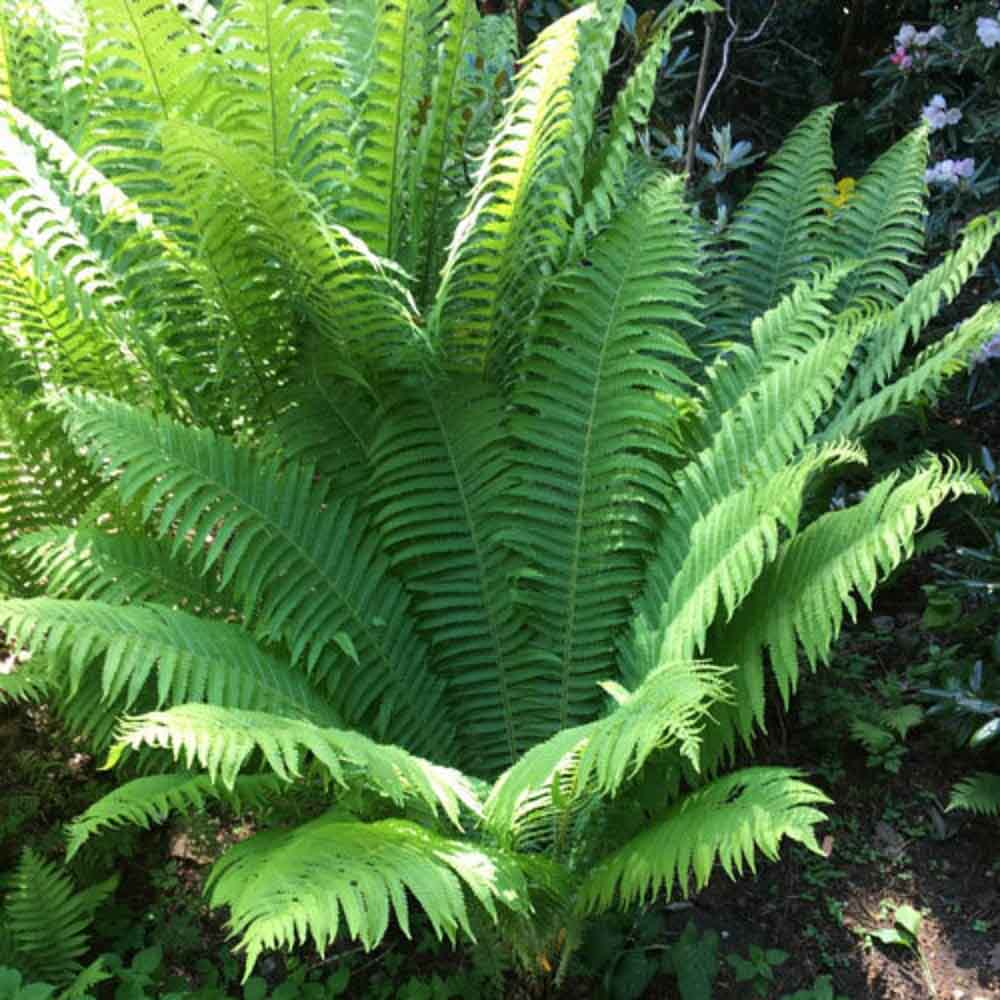
More than 20,000 known species of ferns grow around the world. Many types of ferns flourish both outdoors and as houseplants. Outdoor ferns thrive best in partially shaded areas and those grown indoors flourish in bright light, provided they are not placed in the path of direct sunlight. Ferns rarely suffer from diseases or insect infestations and are easily grown by even the most novice gardeners.
Ferns are among the oldest living plants on earth and there are both indoor and outdoor types of ferns. They normally have fronds (leaves) that drape and flow, adding a dramatic touch to a garden or indoor setting.
read more : Everything about stipa plant : How to Plant & care for stipa
fern’s habitat
Geographically, ferns are most abundant in the tropics. Arctic and Antarctic regions possess few species. On the other hand, a small tropical country such as Costa Rica may have more than 900 species of ferns—about twice as many as are found in all of North America north of Mexico.
List of Fern Varieties
List of Indoor Ferns
When growing ferns indoors, choose a spacious area, as they tend to grow long leaves or fronds that shoot out in all directions. Indoor ferns are especially suited to hanging from ceiling hooks in remote corners of rooms that receive the maximum amount of light but are rarely, if ever, touched by the direct light of the sun.
-
Boston Ferns
These are the most popular of the houseplant varieties, although they also grow wild outdoors in many regions. They have dark green leaves with many deep, evenly spaced indentations in the edges. Boston ferns benefit from frequent but light misting of the fronds and can grow to gargantuan proportions.
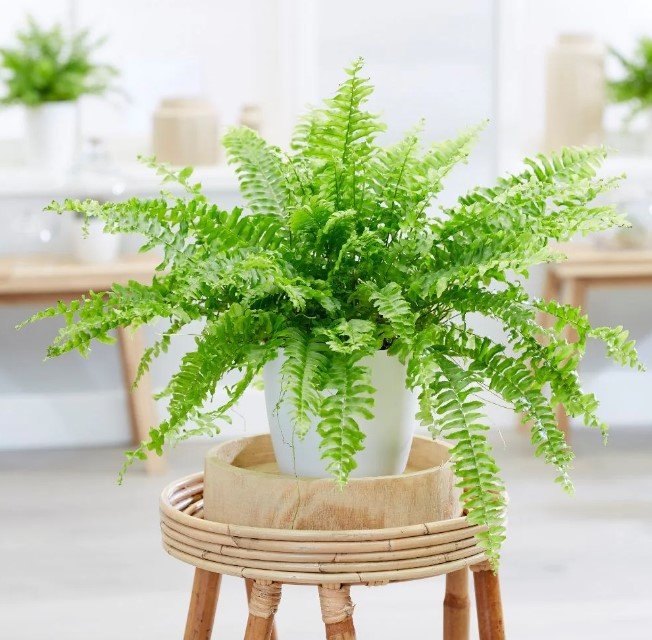
read more : Everything about ruscus plant : How to Plant & care for ruscus
-
Holly Ferns
This variety has three to four inch dark green leaves that resemble those on holly bushes and are heat, light and water tolerant. They are available in three species including Japanese, Hawaiian and East Indian holly ferns.
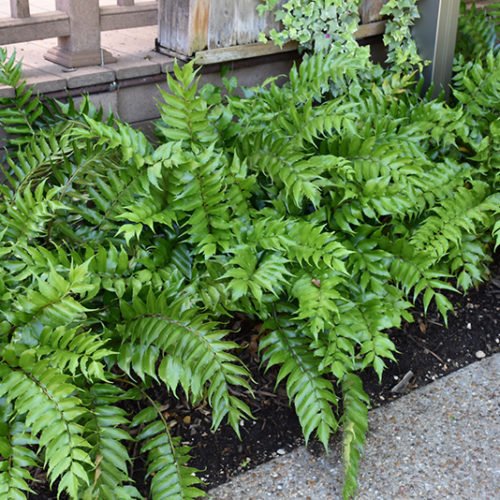
-
Maidenhair Ferns
As one of the most delicate types of indoor ferns, this unique plant has thin black stems and small, dainty leaves. They are a challenge to grow as they prosper best in atmospheres with high humidity but their leaves cannot withstand misting. Maidenhair ferns grow well in the corners of large bathrooms because of the humidity but cannot survive in direct sunlight.
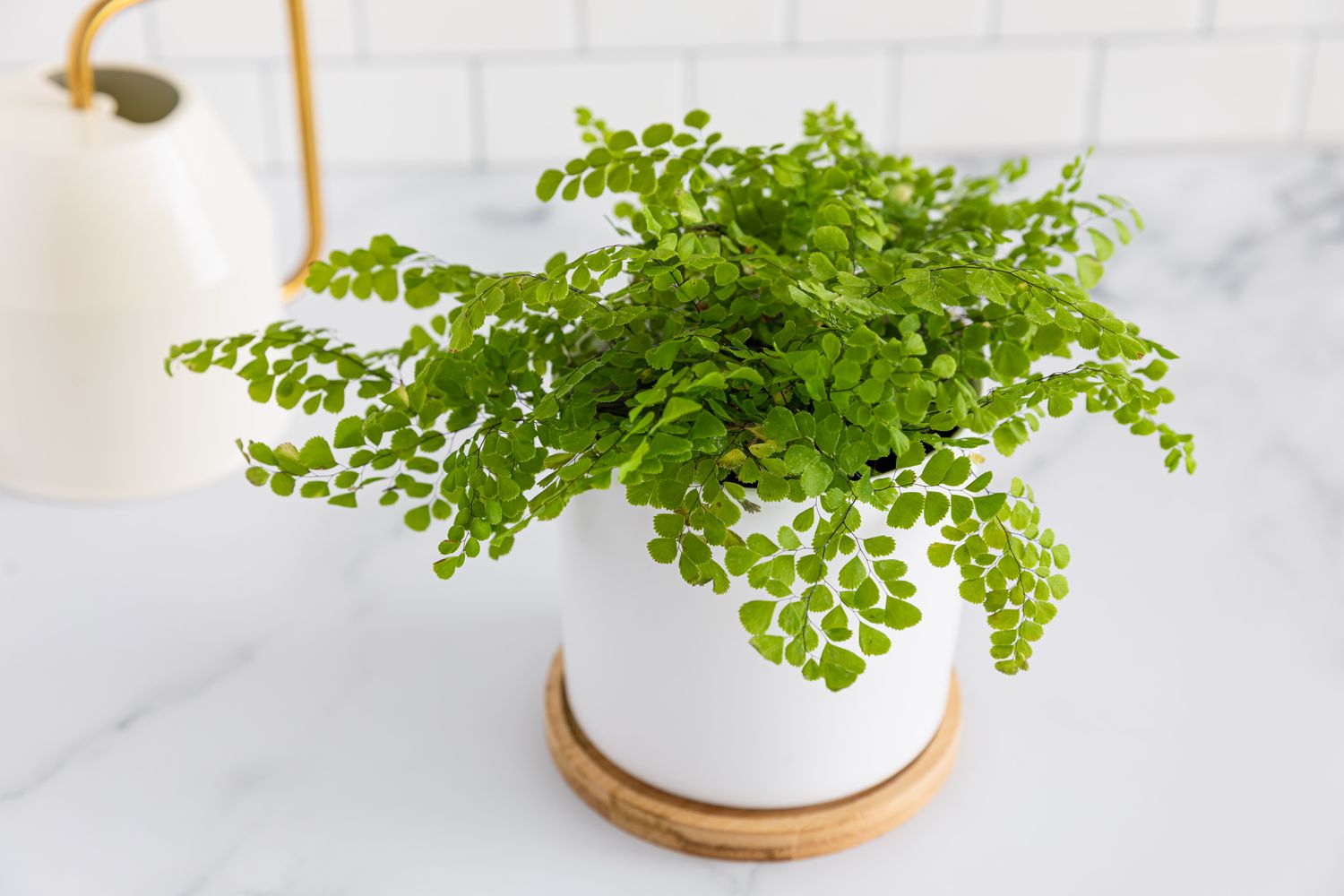
-
Staghorn Ferns
Although this species commonly grows on the bark of trees in Asia, Africa and Australia, it is a good houseplant if planted in a coarse soil with good drainage. The plant has two sets of fronds. The green fronds are fertile, resemble stag horns, have spores on their underside and grow up to four feet long. The brown infertile fronds grow outside the green ones and are short, flat and round.
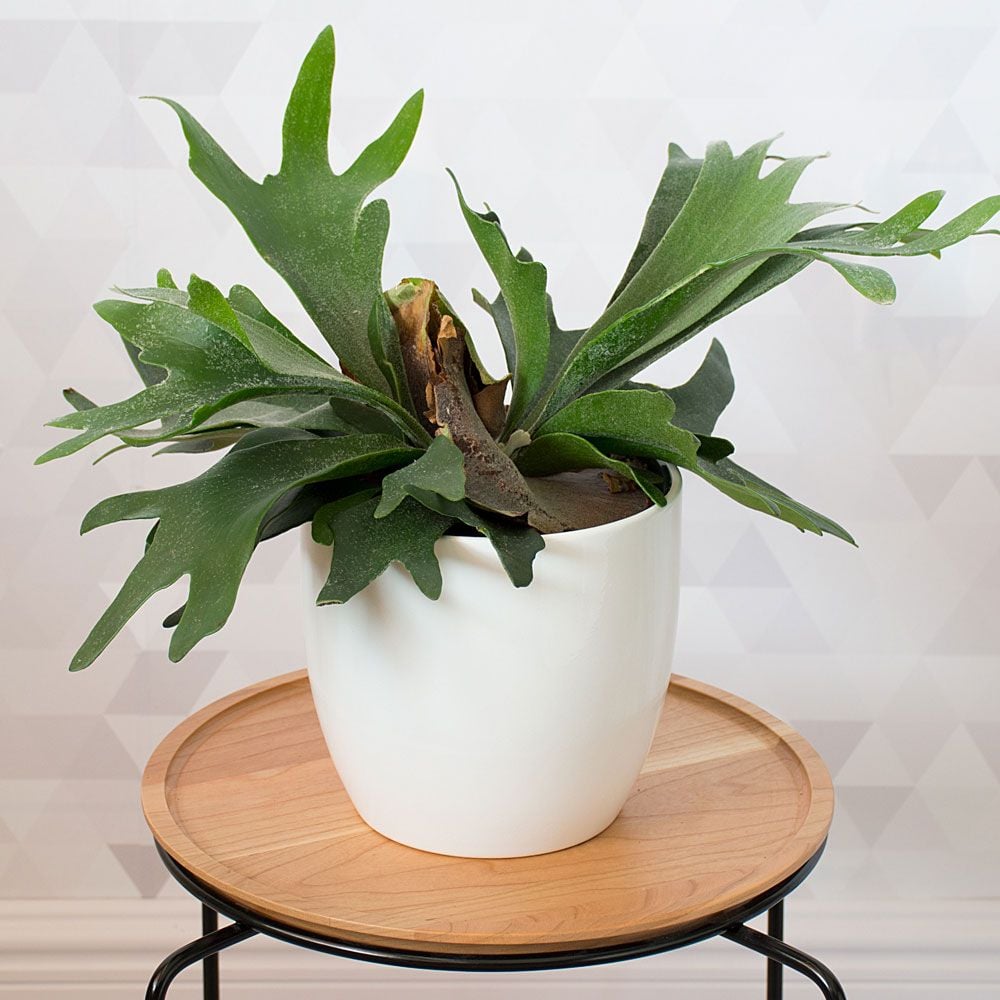
read more : Everything about palm plant : How to Plant & care for palm
List of Outdoor Fern Varieties
If you want to add drama to the landscape design of your backyard or flower garden, planting ferns is the answer.
-
Ostrich Ferns
This is one of the tallest and most majestic of outdoor fern varieties, with fronds that often grow to five feet in length. The leaves on ostrich ferns grow in an upward sweep that resembles a vase. Ostrich ferns like moist soil and shade. To make them more compact, water them infrequently at ground level, taking care not to get any moisture on the delicate leaves.
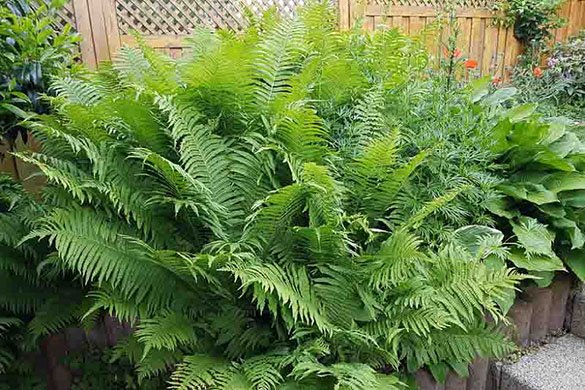
-
Japanese Painted Ferns
If you live in an area with harsh winters, this is the perfect outdoor fern for your garden as it can withstand temperatures as low as -30F degrees. The tapered fronds on this fern are beautiful mixes of purple and silver and only grow up to 18 inches long.
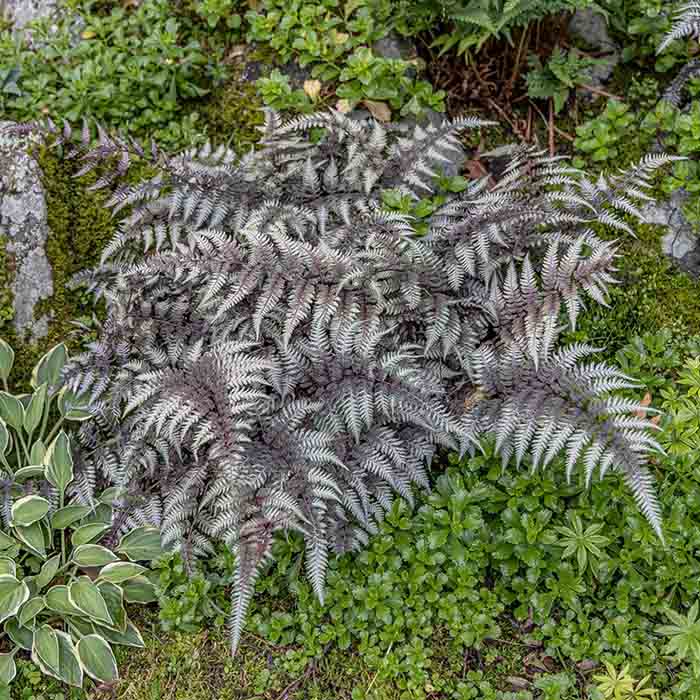
read more : Everything about pyracantha : How to Plant & care for pyracantha
- Australian Tree Fern
As the name implies, this plant is actually a tree that normally grows to about 30 feet tall, with eight-foot fronds and trunks around six inches in circumference. It thrives all over the rain forests in New Zealand and Australia, so only plant it in a climate with heavy precipitation and warm temperatures.
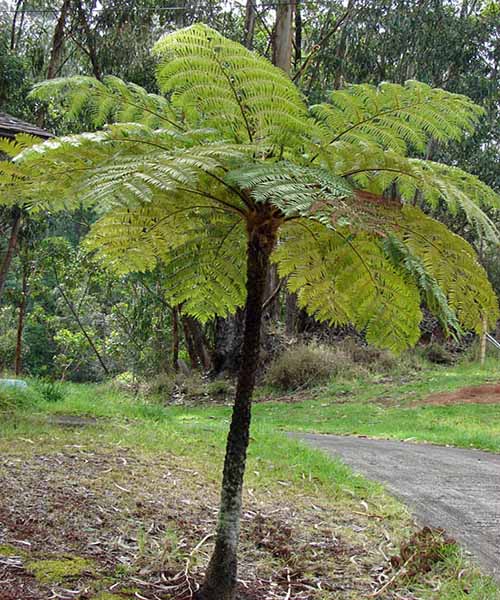
-
Asparagus Ferns
Although there are three varieties of this fern, the most common type has fine, needle-like leaves that are irritating to the skin. They thrive well in bright light and often proliferate so well they take over entire gardens, so keep them in check with frequent pruning.
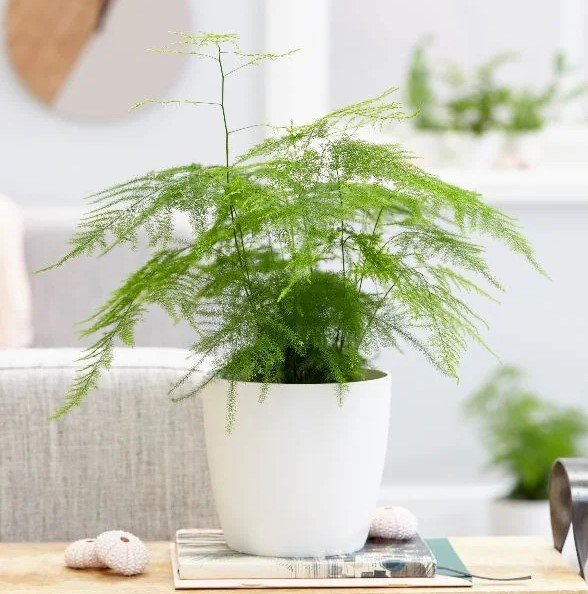
-
Bird Nest Ferns
Bird nest ferns are like garden garnishes, as they are compact and provide a great contrast for a garden’s flowering plants. They prefer shade and can grow on rocks and trees as well as in soil.
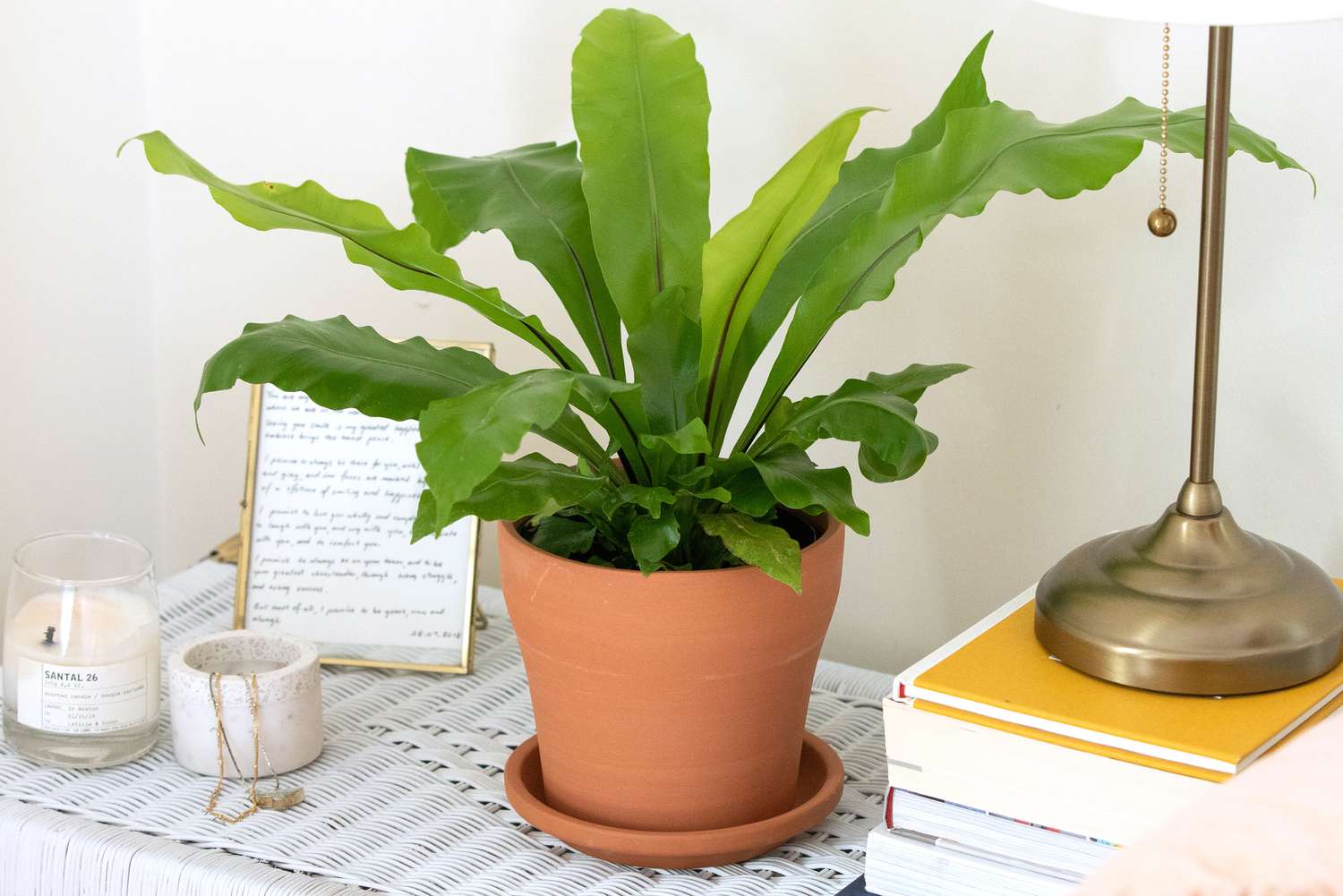
-
Cinnamon Ferns
This fern frequently grows wild along creeks and streams, so it requires a lot of water if planted in a garden. It grows about five feet tall and has two kinds of fronds. The bright green ones are infertile and the fertile ones have a deep, brown cinnamon color.
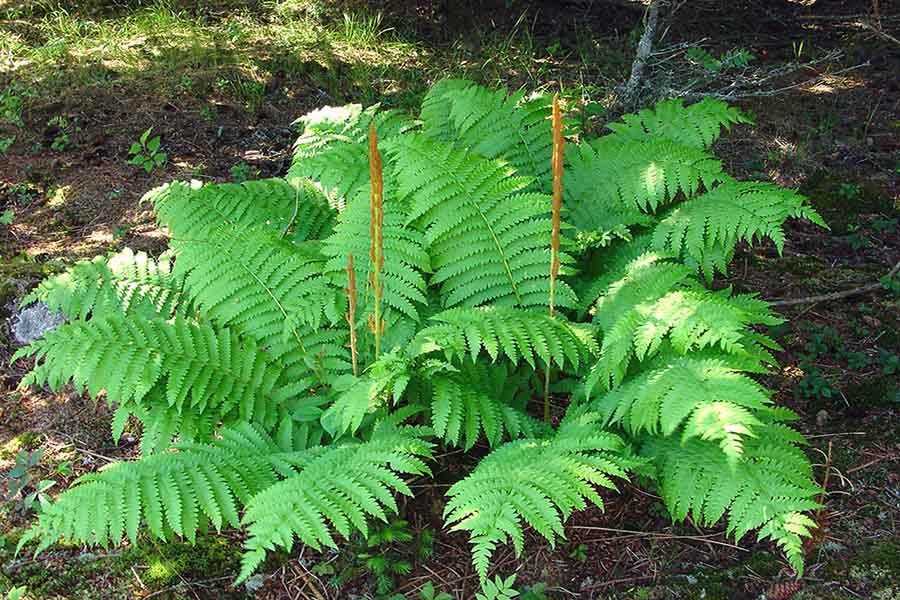
read more : Everything about lunaria plant : How to Plant & care for lunaria
Fern care
-
Humidity
All ferns love moisture and should be given humid conditions. In living rooms and family rooms, stand their pots on trays of damp pebbles or clay granules. Ferns also love being misted at regular intervals with tepid, soft water unless the humidity of the whole room is kept high through the use of a humidifier.

-
Compost / Soil
You also need to provide the right compost. Most ferns are forest or woodland plants and have tender, delicate roots adapted to the light forest soil, which is rich in leaf mold and decayed vegetable matter. The right compost must be free draining so that the roots never get waterlogged.
A compost that contains peat or a fibrous peat substitute with plenty of sand is best. The compost should never be allowed to dry out, which may mean watering the plant a little every single day in a warm, dry atmosphere.
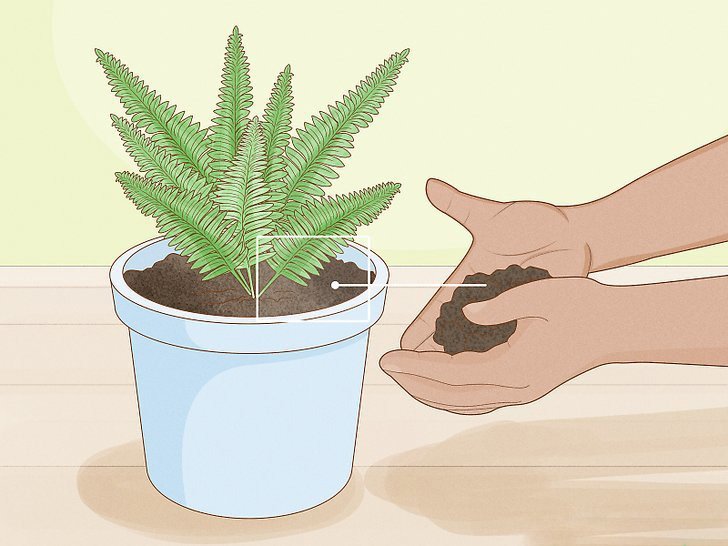
-
Light
Although most ferns grow in moist, shady places like forest floors, this does not mean that they need no light. Their normal situation in the wild is dappled light, and if the light level in the home is too low, you will see poor growth and yellowing fronds. Give your ferns a position near a window that gets morning or late afternoon sun, and keep the ferns away from strong sunlight, especially during the summer.
Direct sunlight will make them lose their leaves or turn their fronds yellow. You can keep your ferns in dim light as long as you give them regular breaks in bright light. They can be given artificial light, but this should be from a special gardening bulb or a fluorescent strip. Ordinary light bulbs generate too much heat.
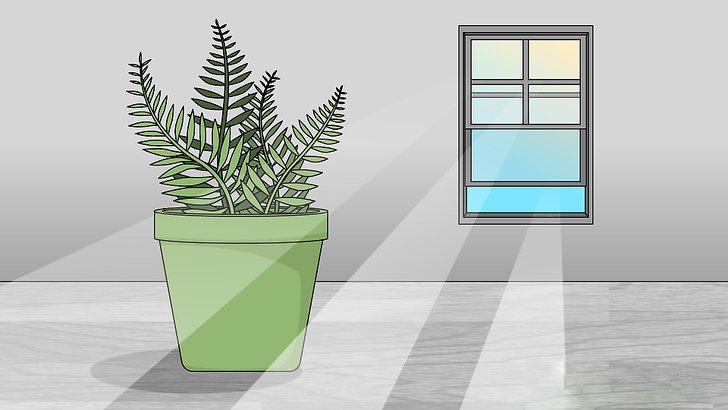
-
Temperature
An individual fern’s place of origin and adaptability will determine how high or low of a temperature the fern needs. Most ferns don’t like cold. Those ferns from tropical regions truly appreciate 60-70 F (15-21 C). Those from more temperate regions enjoy temperatures between 50-60 F. (10-16 C).
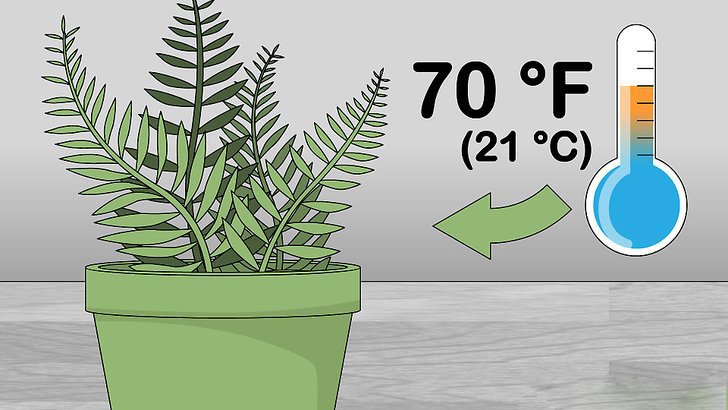
-
Fertilizer
Feed your ferns in the summertime every two to four weeks with a liquid fertilizer, but don’t mix it full strength because you can damage the root system. Just a few drops of fertilizer can be added to the water occasionally for misting. Don’t feed your ferns in the winter because they rest. In order to keep the air around your ferns moist, mist them often.
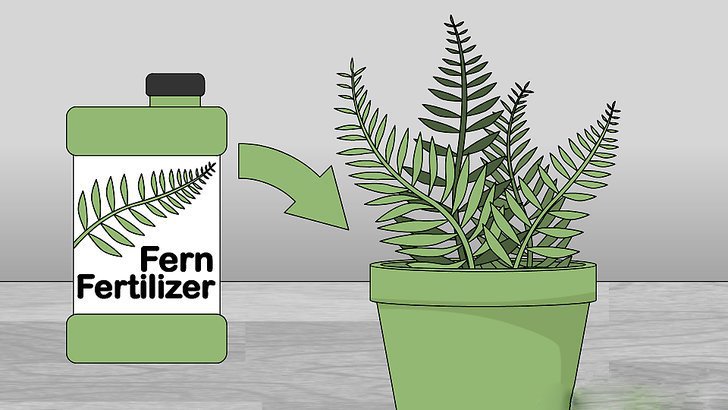
read more : Everything about bamboo : How to Plant & care for bamboo
-
Repotting
You can repot your ferns in the springtime, but only if their roots are filling the pot. Otherwise, just scrape off the top layer of compost and replace it with fresh compost. Cut off any damaged fronds to encourage new growth. When you repot your ferns, split them up and make two out of one. You can also grow new ferns from the powdery spores produced in little capsules. These capsules are visible as rows of rusty, brown patches on the underside of the fronds. These will grow into a green film into which the fern will grow.
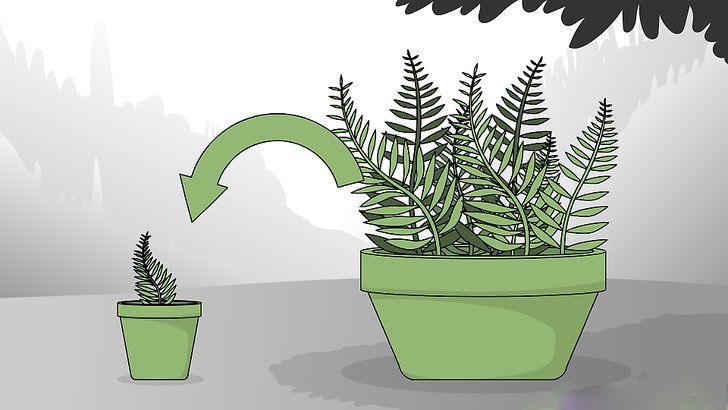
-
Pruning
Groom your ferns occasionally by snipping away brown fronds.
Iran dried fern leaves
If you want to create a dreamy atmosphere, the use of dried fern leaves is highly recommended. These dried leaves, while beautiful, is completely recyclable in nature and will always look beautiful in your space without being destroyed. The reasonable price of dried fern leaves has made the sale and purchase of dried fern leaves a great profit for the exporters and wholesalers of dried fern leaves .
read more : Drying natural flowers | Introducing 8 wonderful ways to dry flowers
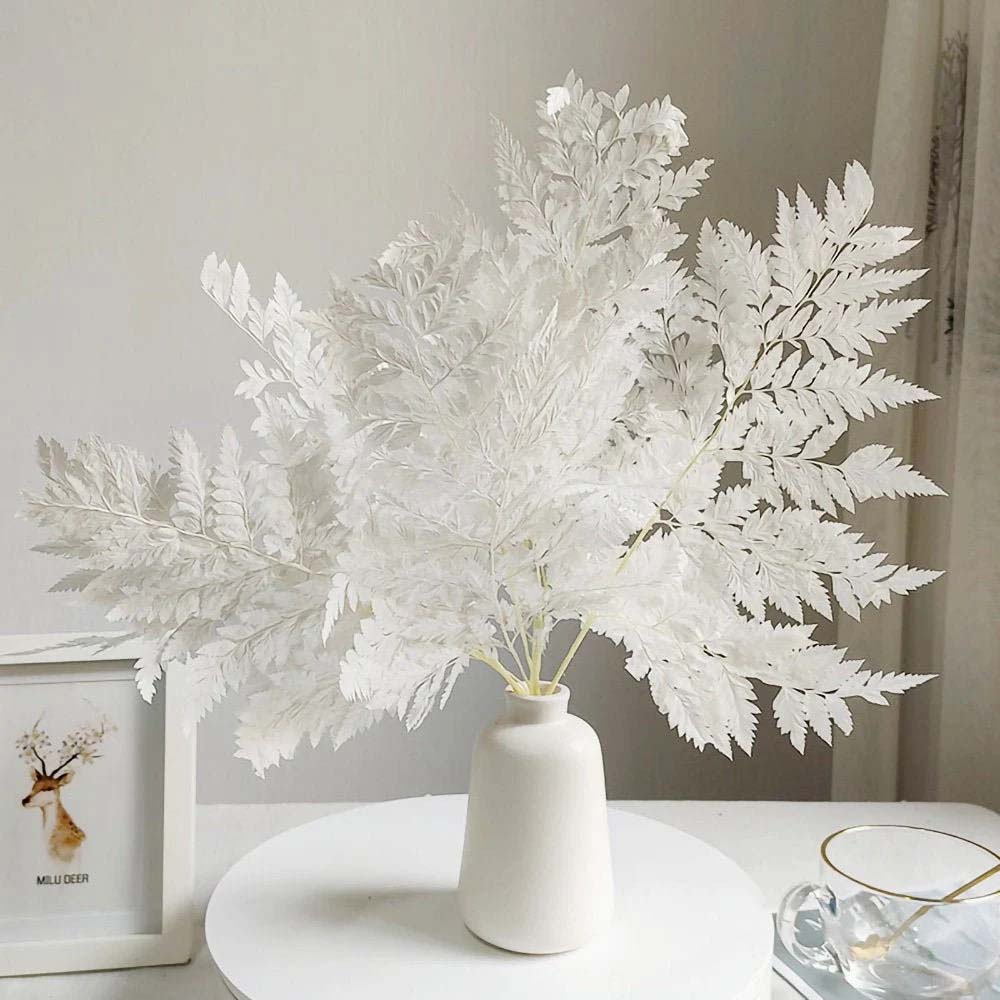
Indoor Fern Companions
Bromeliads are plants similar to the pineapple with a rosette of firm, fleshy leaves. Some have a larger piece in the center or have plants with less form that wander without roots in the pot. The roots of a bromeliad are used simply for anchoring it to a support. They are not used for gathering nourishment. They make striking potted plants and also adapt well to hanging baskets.
There are also tillandsias. These grow well in pots and are great for hanging baskets because they have arching foliage and take their nourishment directly from their environment or air. They require very little water. Keep in mind that bromeliads are tropical; they require warmer temperatures of 60-70 F. (15-21 C.) and some moisture.
However, the tillandsias don’t require near as much moisture and you can actually grow them in shells, rocks, and such. Ferns, tillandsias, and bromeliads are just as easy to grow as the palms, but be sure to pay attention to each of their needs.
Propagate Your Own Ferns
Whether you decide to plant a fern in a garden or a pot, be prepared to be awed by their beauty and hardiness. If you happen upon one that seems a bit sickly and reluctant to grow, simply snip a few of the fronds and put them in water until tiny roots form and start a new plant. Ferns are easy to propagate, so you will probably never have to buy new ones to replenish your home or garden.
read more : Everything about pampas grasses : How to Plant & care for pampas
Frequently asked questions
-
How often should you water the Fern ?
All ferns love to be in a more moist environment. They love to be in moist soil most of the time, so you should water it when the top of the soil becomes dry to the touch.
-
How much sunlight does the Fern need?
The Fern thrives in indirect sunlight. You shouldn’t put it in a spot where it gets direct sunlight as this will make the plant too warm and will dry it out.
-
What is the best temperature for a Fern?
Ferns prefer colder temperatures. During the day it shouldn’t be warmer than 22 degrees celsius (72 F) and during the night it should ideally stay below 16 degrees Celsius (60 F).
-
What is the best soil for the Fern?
The Fern loves to grow in moist soil and wants to be in moist soil at all times. Your soil should stay light and not compact over time to keep the oxygen flowing through your plant’s roots.
-
How often should you fertilize the Fern?
Your Fern is a fast-growing plant that needs a lot of energy to grow this quickly. You should fertilize your Fern once per month in the spring and summer to help it stay healthy.
-
Is the Fern toxic for pets?
Most Ferns are non-toxic to your pets. But the Asparagus Fern is toxic and should be kept out of reach for them. If you notice your pet has chewed on your Asparagus Fern keep on eye on them and call your veterinarian when your pet is starting to throw up.
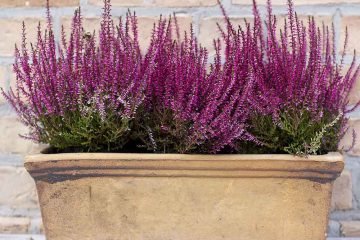
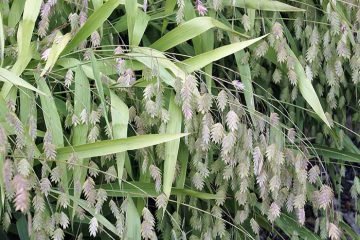
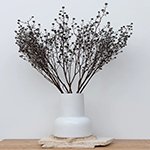
0 Comments